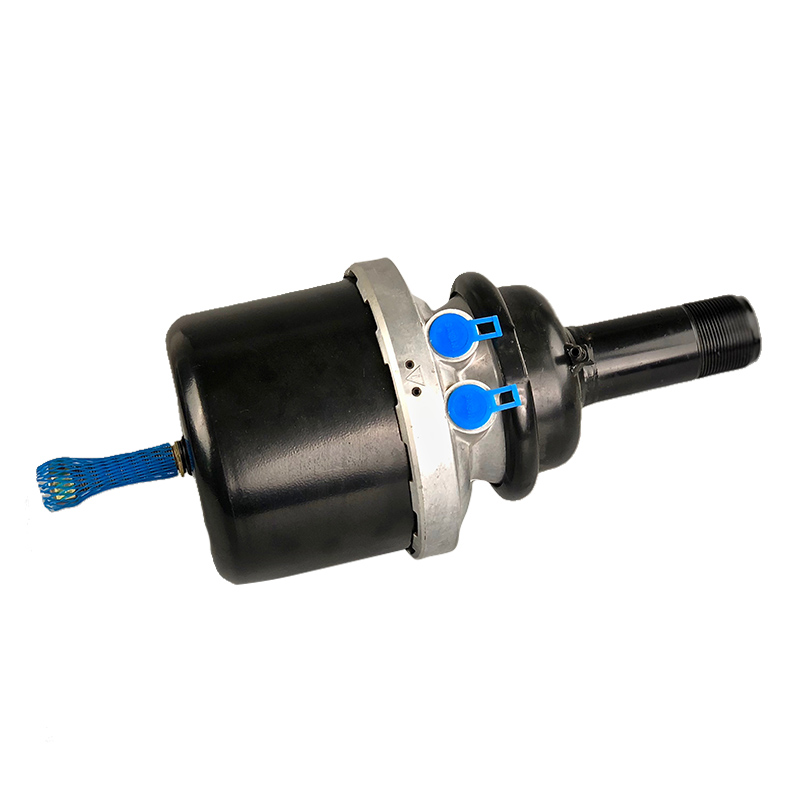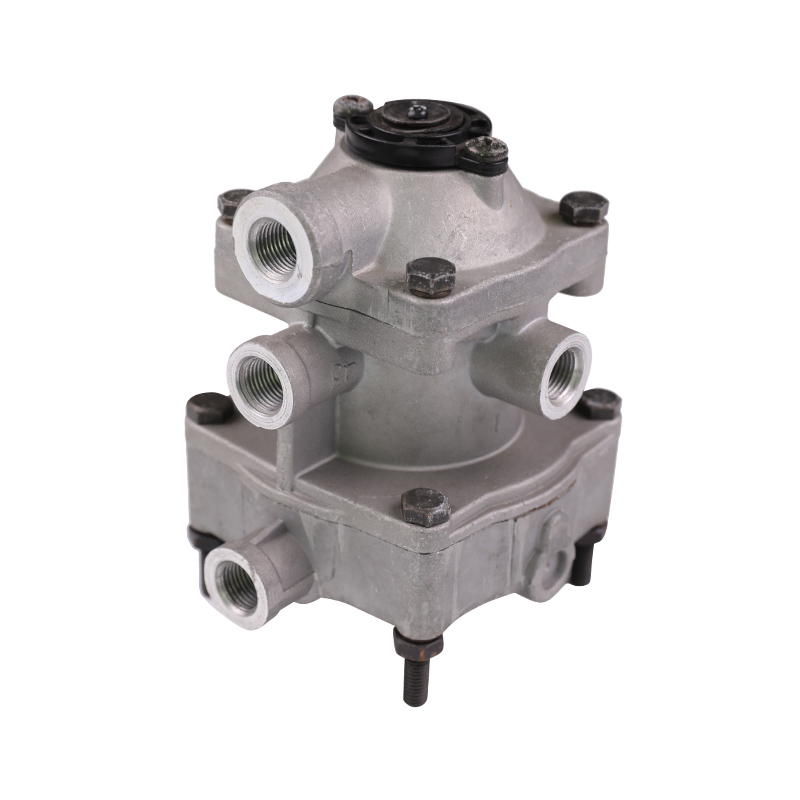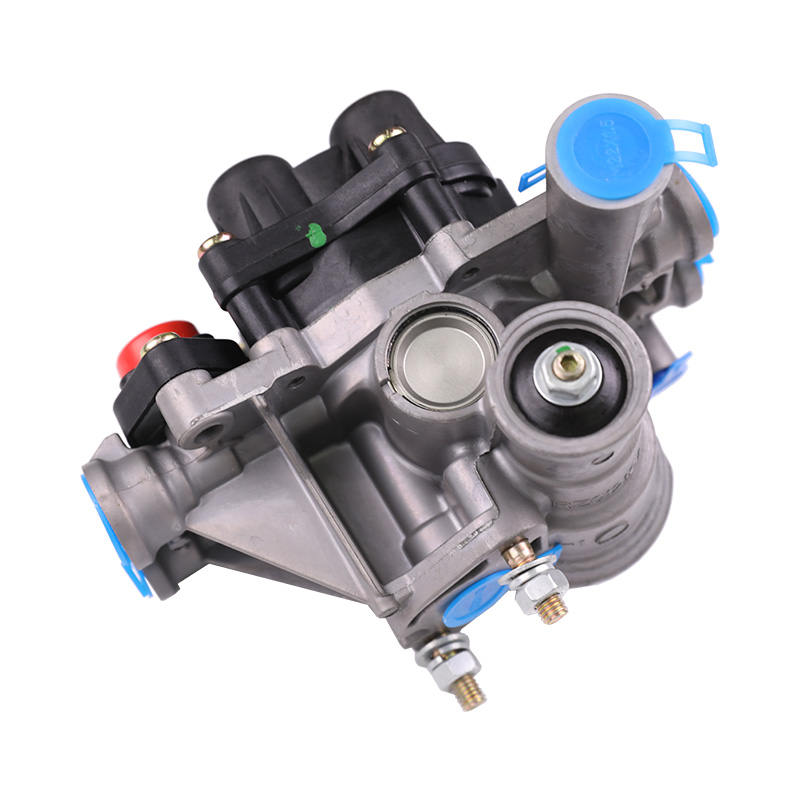Selecting the right lubricant is a key step in ensuring the efficient operation of air brake valves. Air brake valves usually work in a complex environment of high pressure and high temperature. Therefore, lubricants designed specifically for pneumatic systems must be selected. Such lubricants have excellent high temperature resistance and anti-oxidation ability, and can maintain stable lubrication under extreme conditions. In addition, the viscosity of the lubricant should strictly follow the manufacturer's regulations. Too high or too low viscosity will have a negative impact on the lubrication effect and may even cause valve jamming or failure. Therefore, when selecting lubricants, be sure to refer to the technical manual of the air brake valve or the manufacturer's recommendations to ensure the suitability and performance of the selected lubricant.
The frequency and amount of lubrication are also crucial. Too frequent or insufficient lubrication will have an adverse effect on the performance of the air brake valve. The frequency of lubrication should be reasonably adjusted according to the vehicle's usage and working environment. In the case of high load or frequent use, the lubrication frequency should be appropriately increased, while in the case of low load or occasional use, it can be appropriately reduced. At the same time, the amount of lubricant added must also be controlled within an appropriate range. Excessive lubricant may cause oil accumulation, which will affect the normal operation of the valve. Therefore, the appropriate amount of lubrication should be adjusted according to the design and working requirements of the valve to ensure that the lubricant is evenly distributed on the moving parts to achieve the best lubrication effect.
During the lubrication process, ensuring the cleanliness of the lubrication parts should also not be ignored. Before adding lubricant, the lubrication parts of the air brake valve should be thoroughly cleaned to remove dust, dirt and old lubricant residues. Using unclean lubricants or lubricating in unclean environments may cause impurities to enter the valve, causing wear or failure. Therefore, it is crucial to clean the lubrication parts with special cleaning agents and tools to ensure that no contaminants are introduced during lubrication.
In addition, the standardization of lubrication operations should not be underestimated. Operators should wear appropriate protective equipment to prevent lubricants from contacting the skin or eyes. When lubricating, always ensure that the valve is in a safe state and avoid lubrication operations when the vehicle is running or under pressure. Operators should strictly follow the manufacturer's instructions to ensure that the lubricant is properly applied to the designated lubrication parts to avoid missing or wrong additions.






